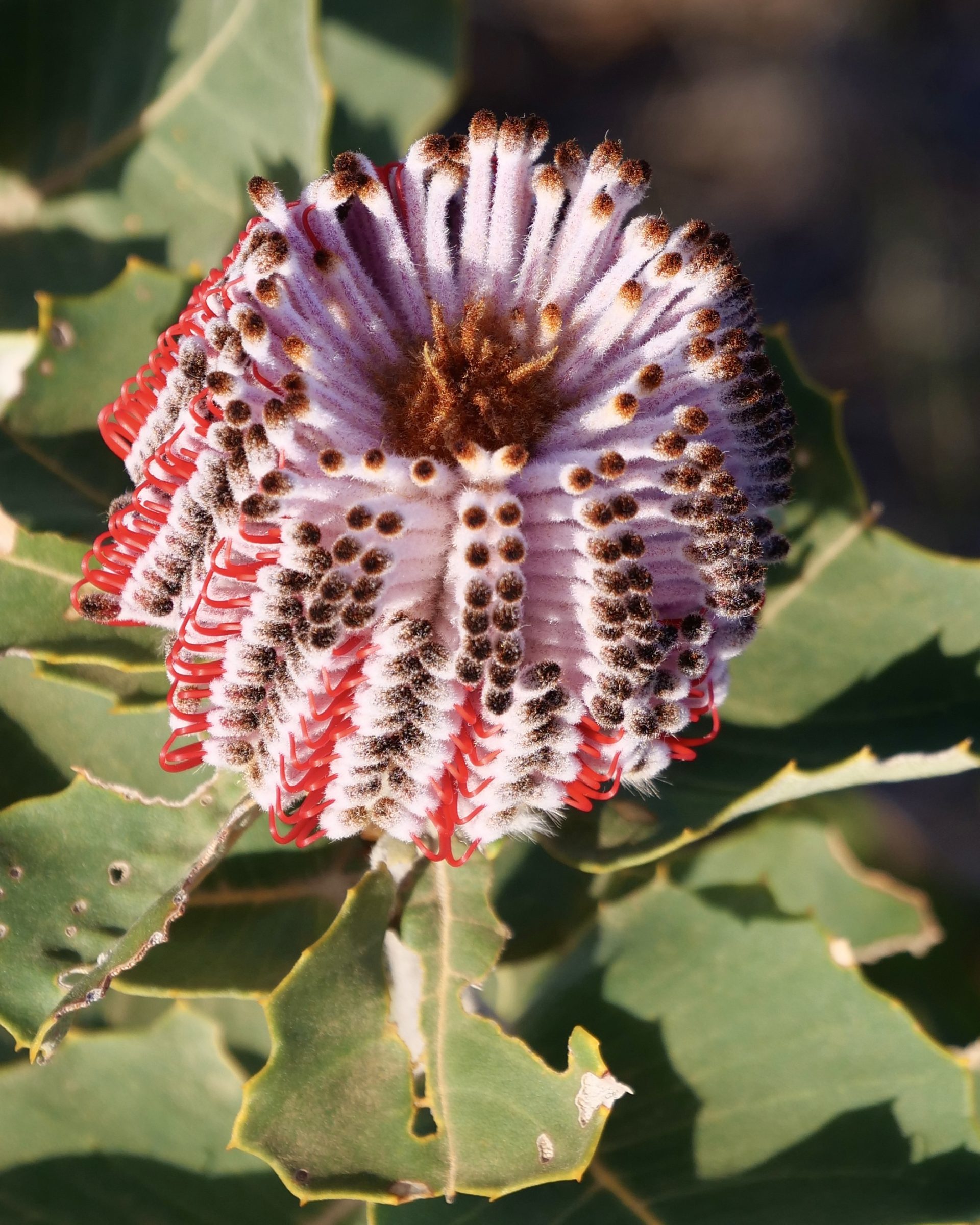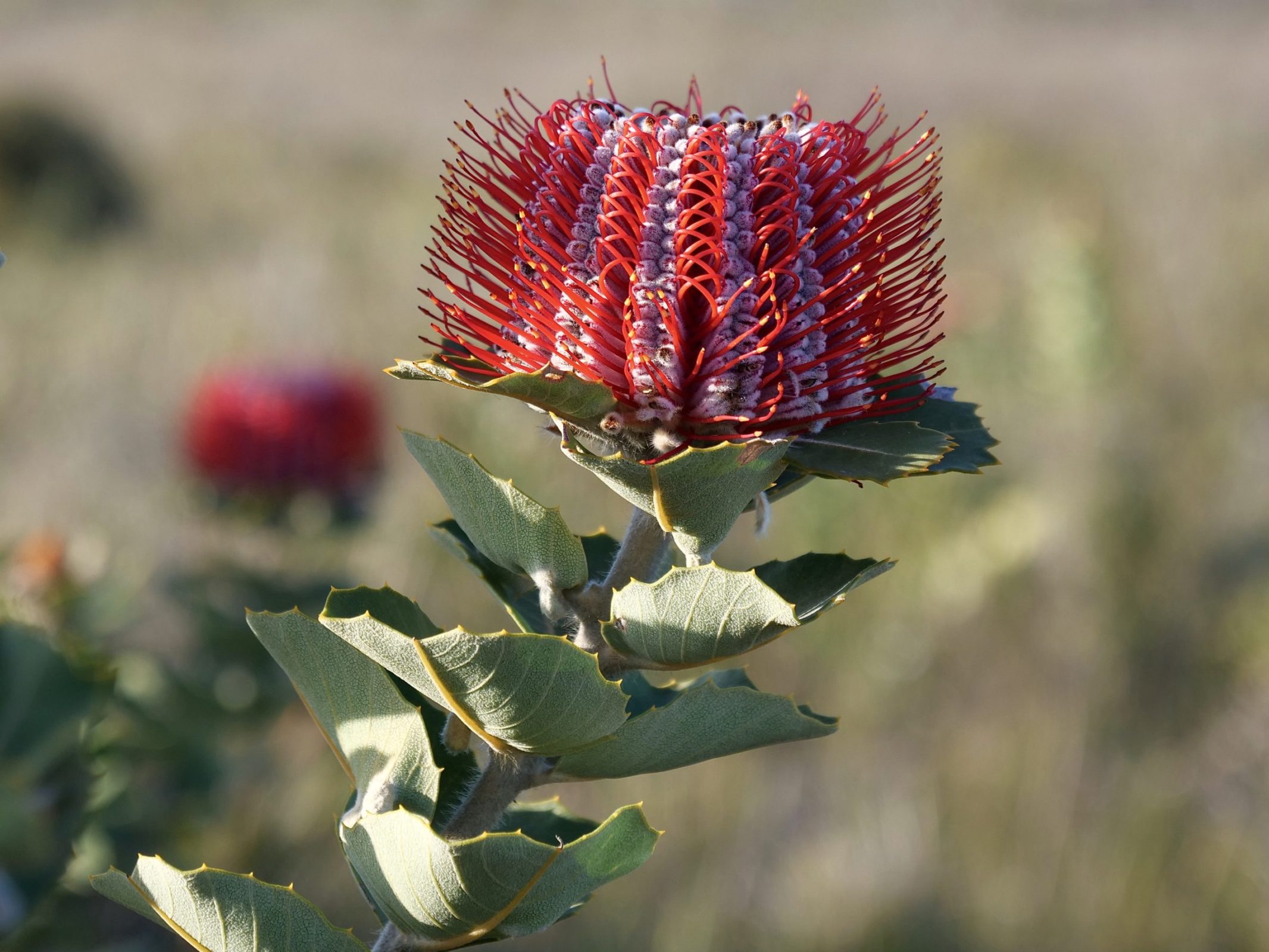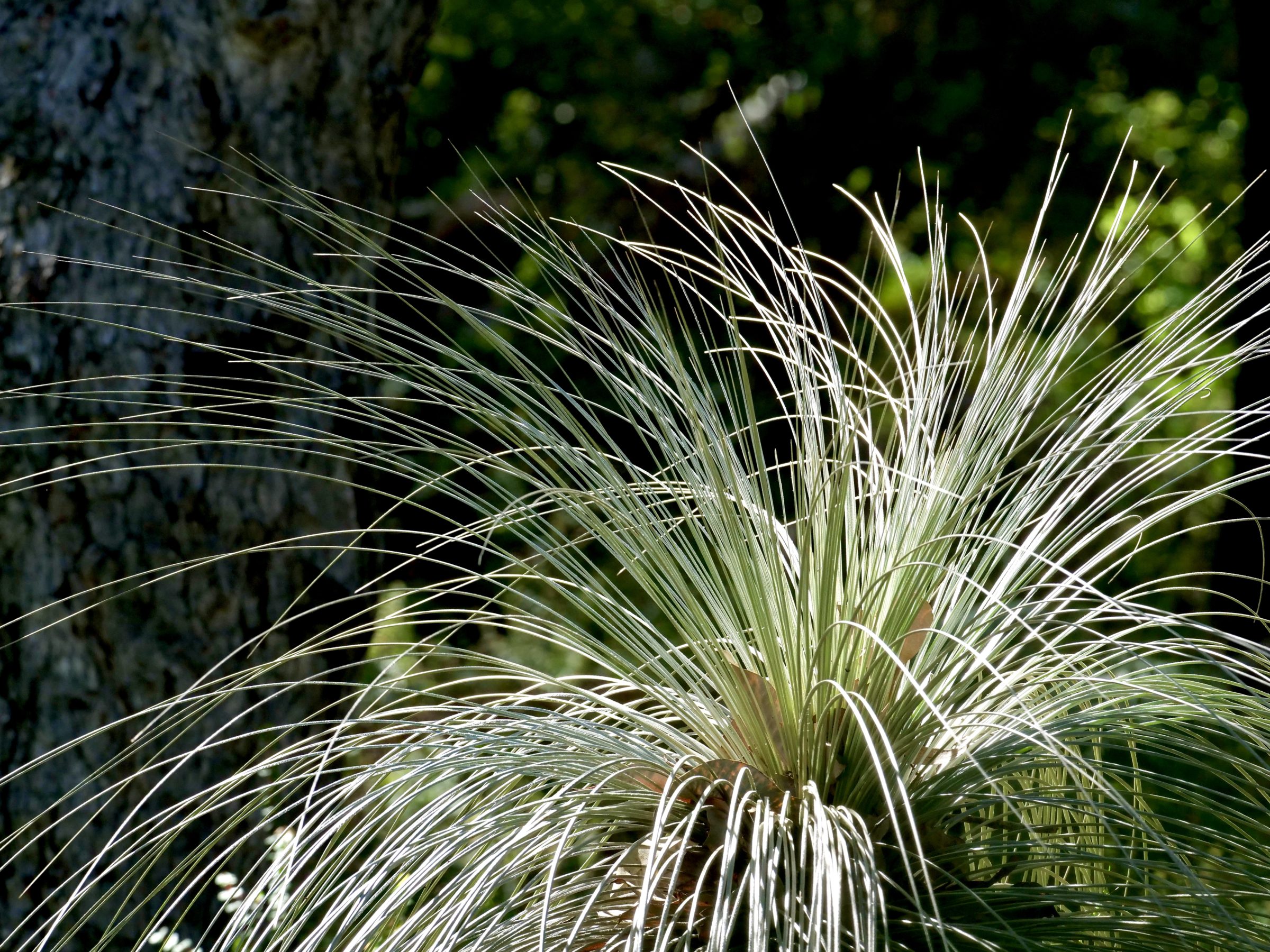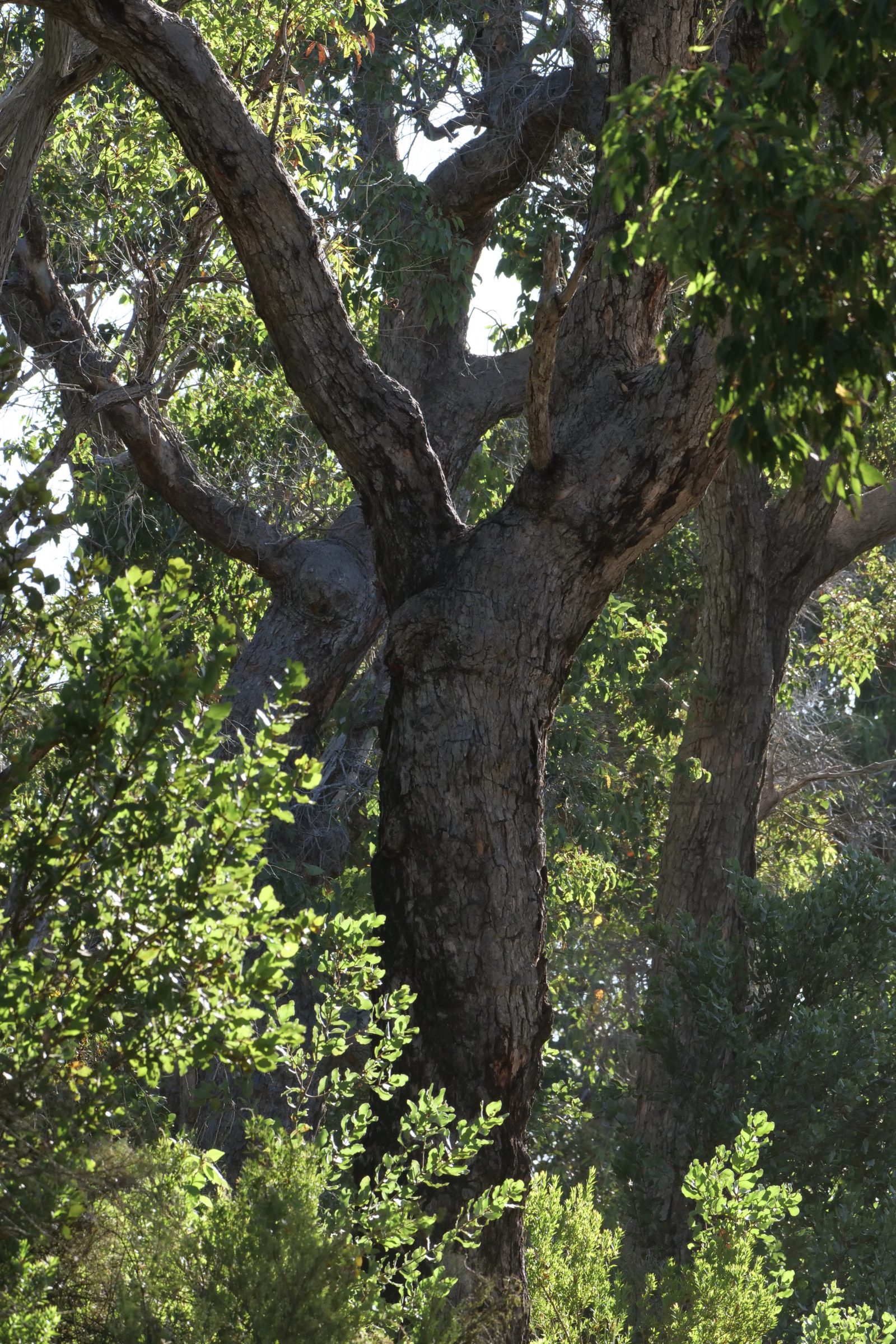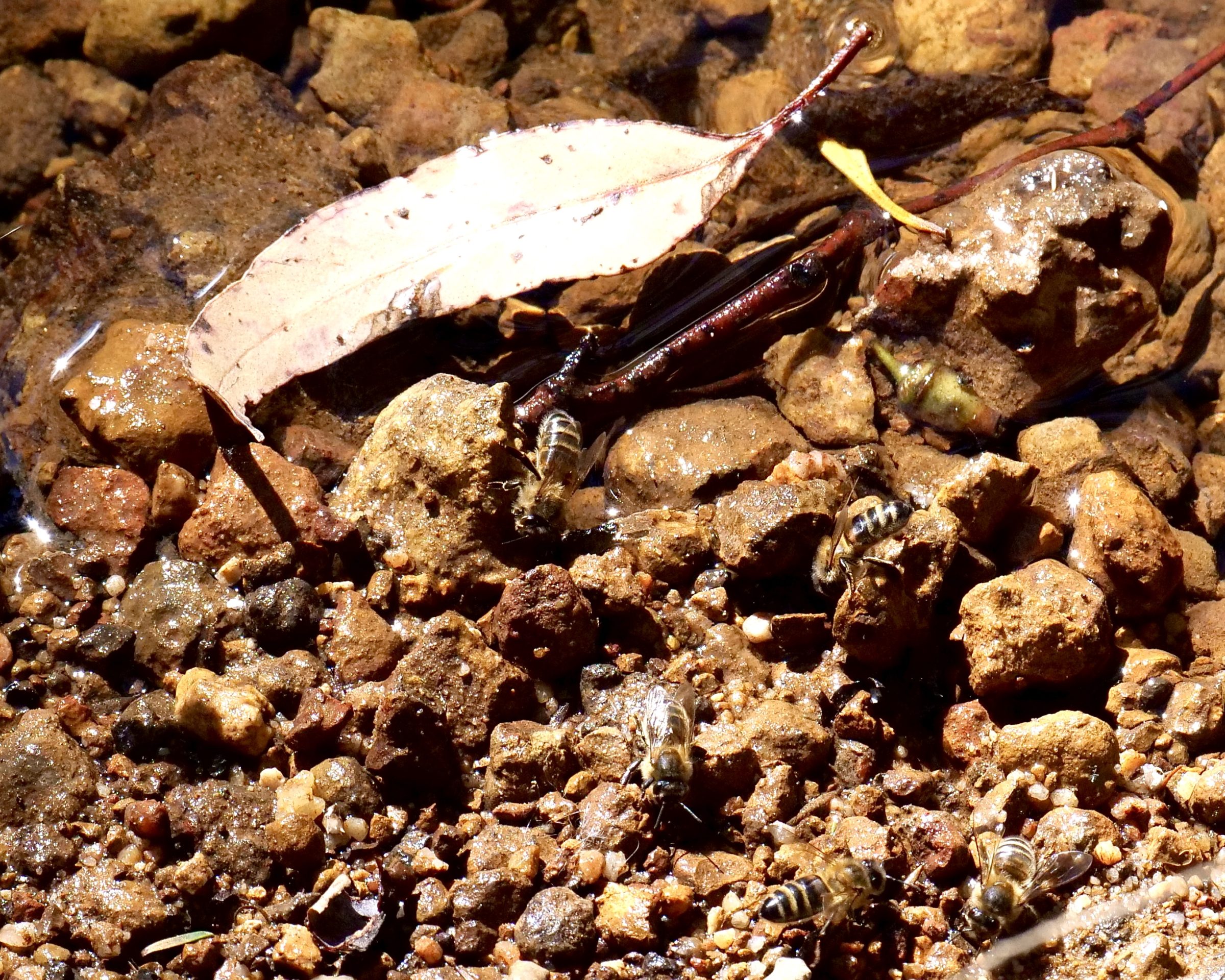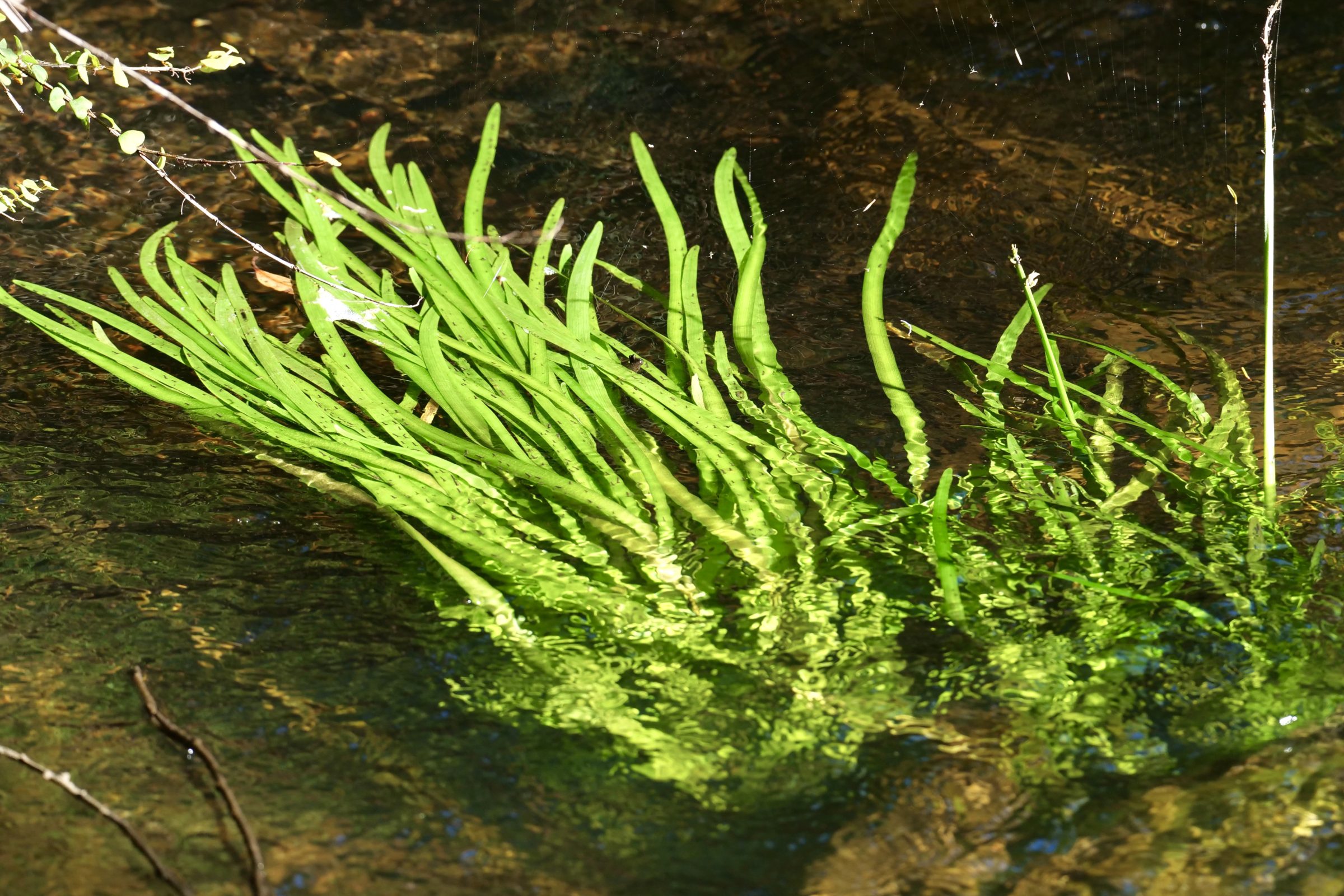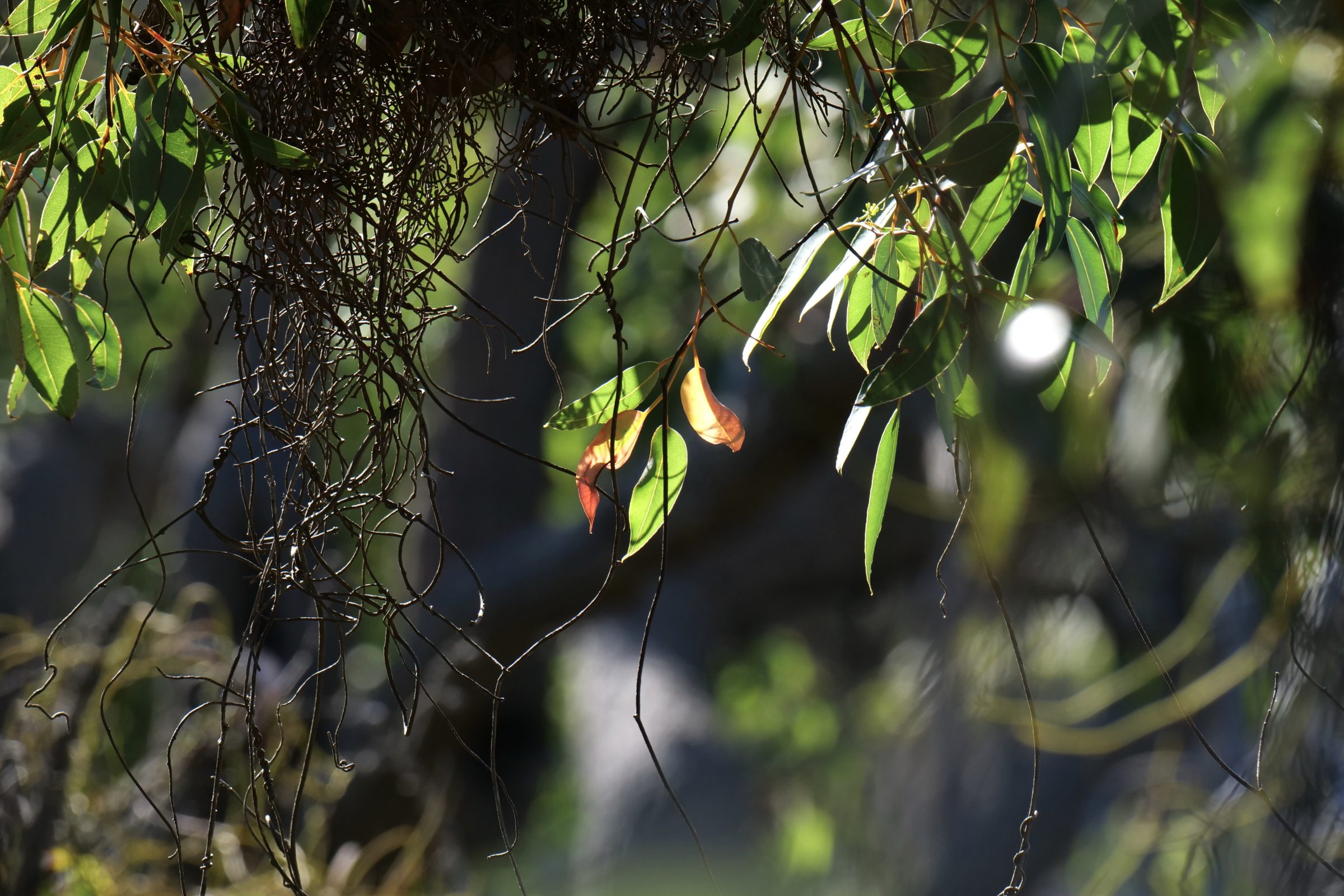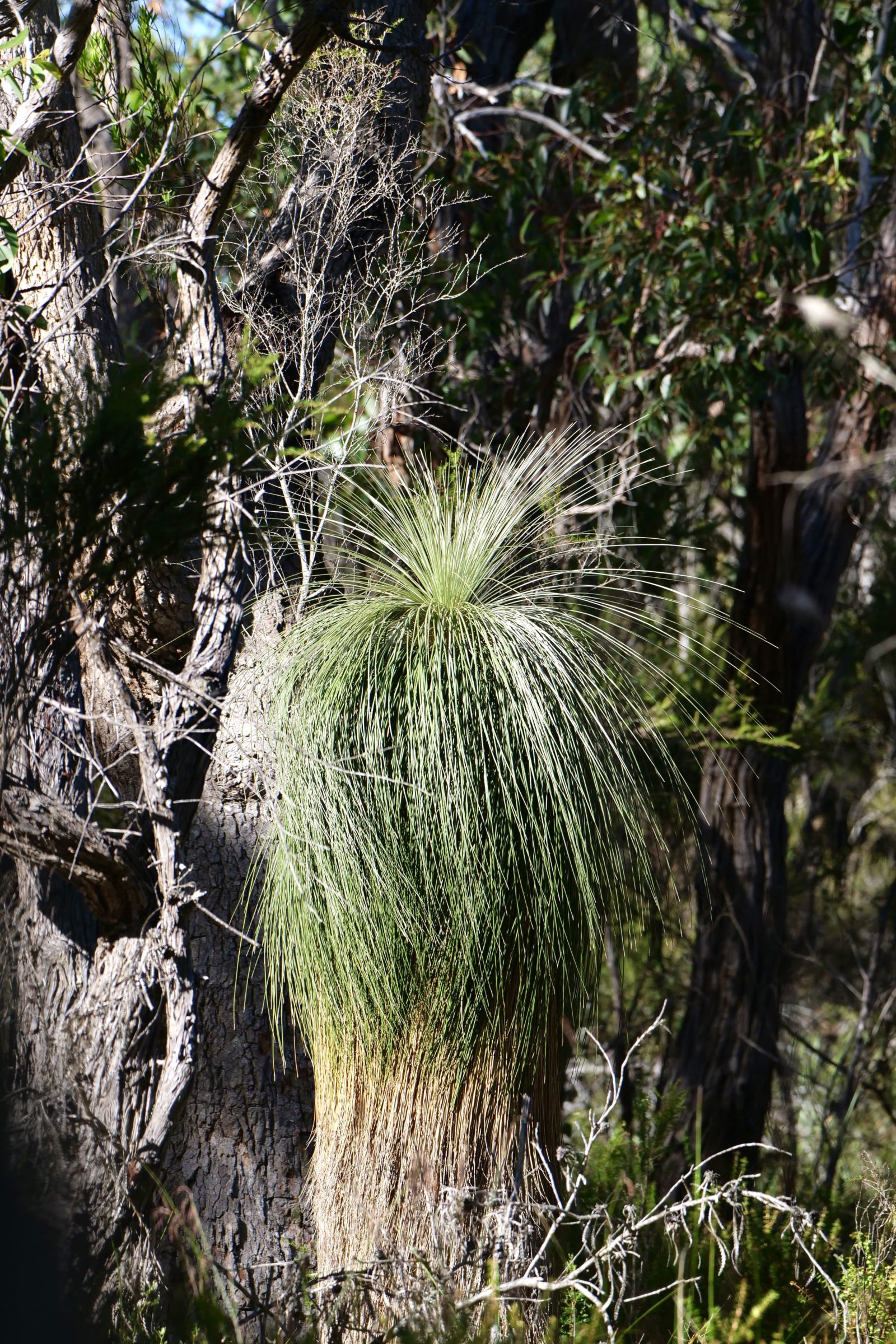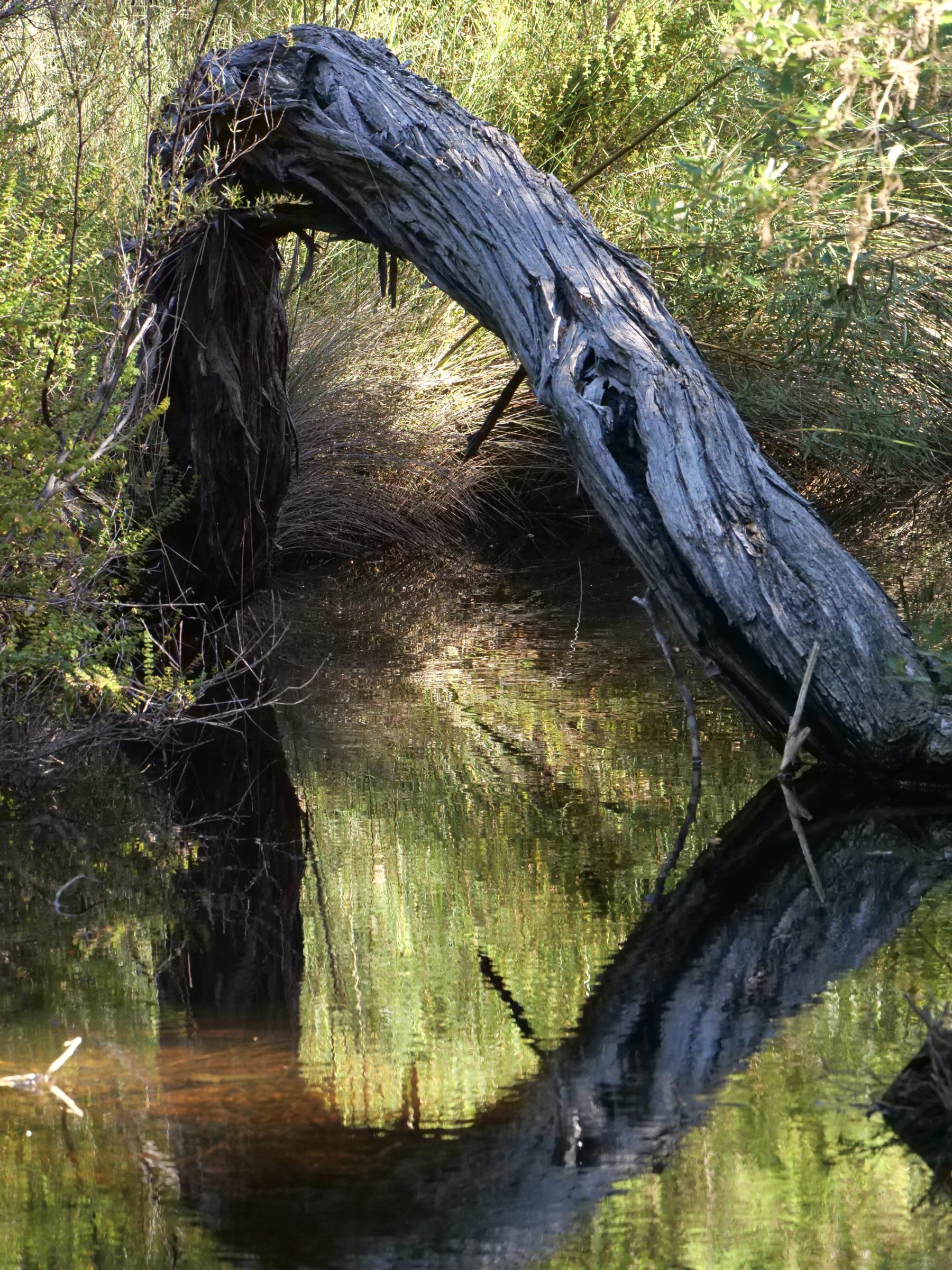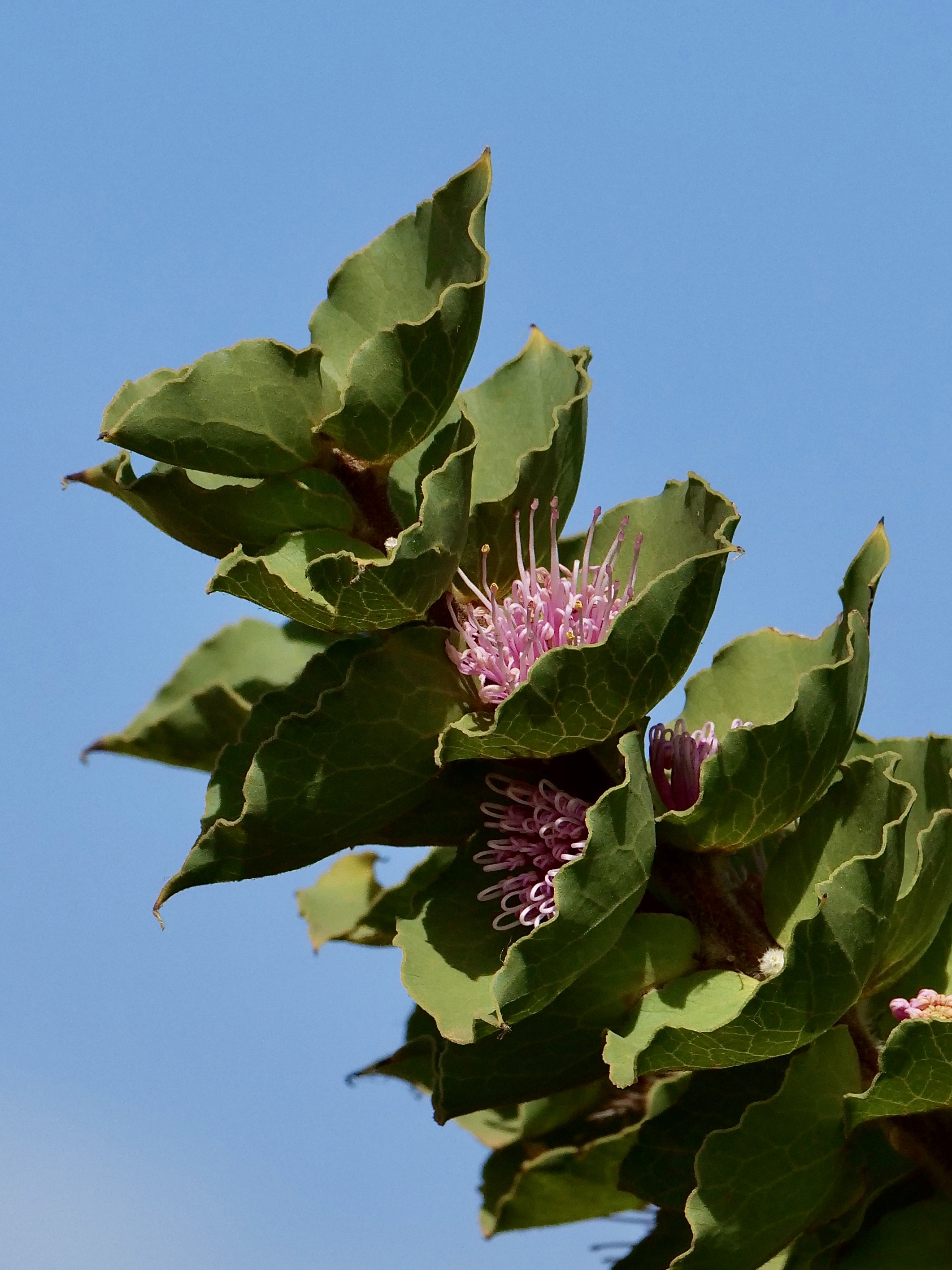The (very) different phases of an individual Banksia flower spike’s development are astonishing.
Over time, the very same spike’s appearance can range from “perfectly symmetrical, colourful, immaculately neat” through to “grotesque, seemingly shambolic and almost monochrome”, and from “petite” to “gigantic”.
In some species, an individual bush’s different spikes can simultaneously exhibit all of the aforementioned qualities.
Comments closed